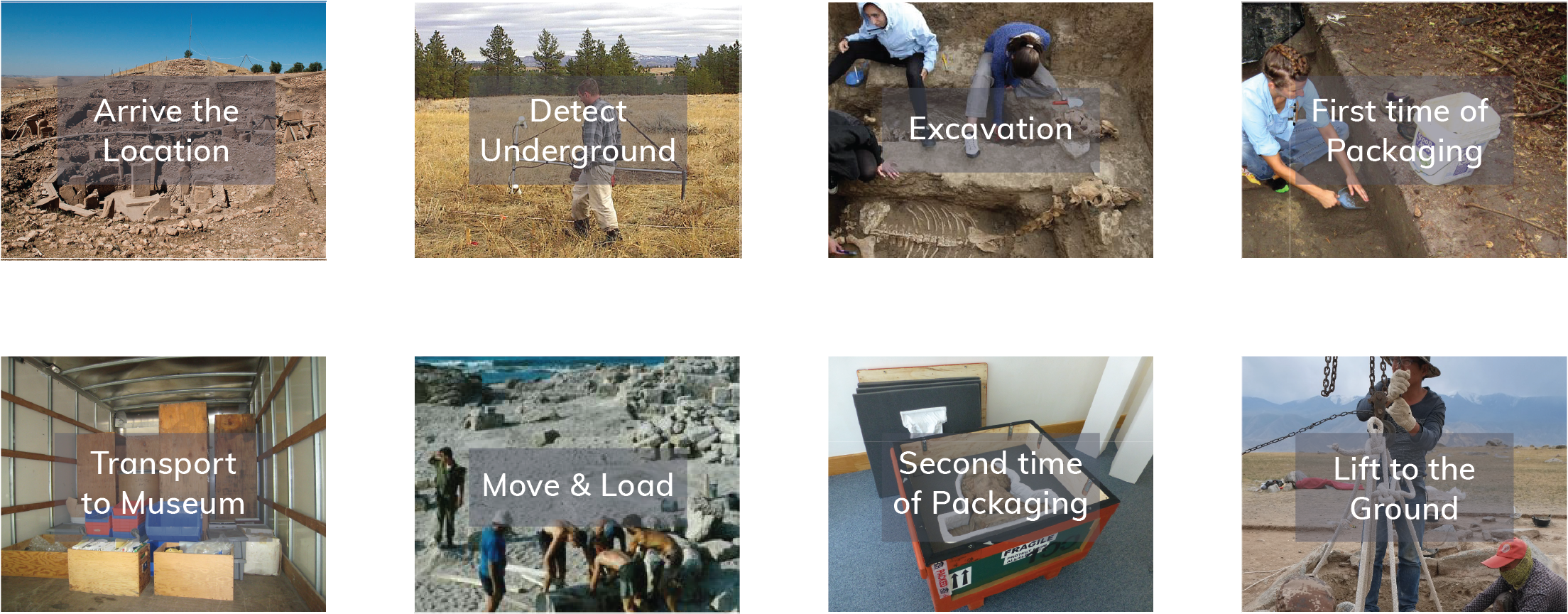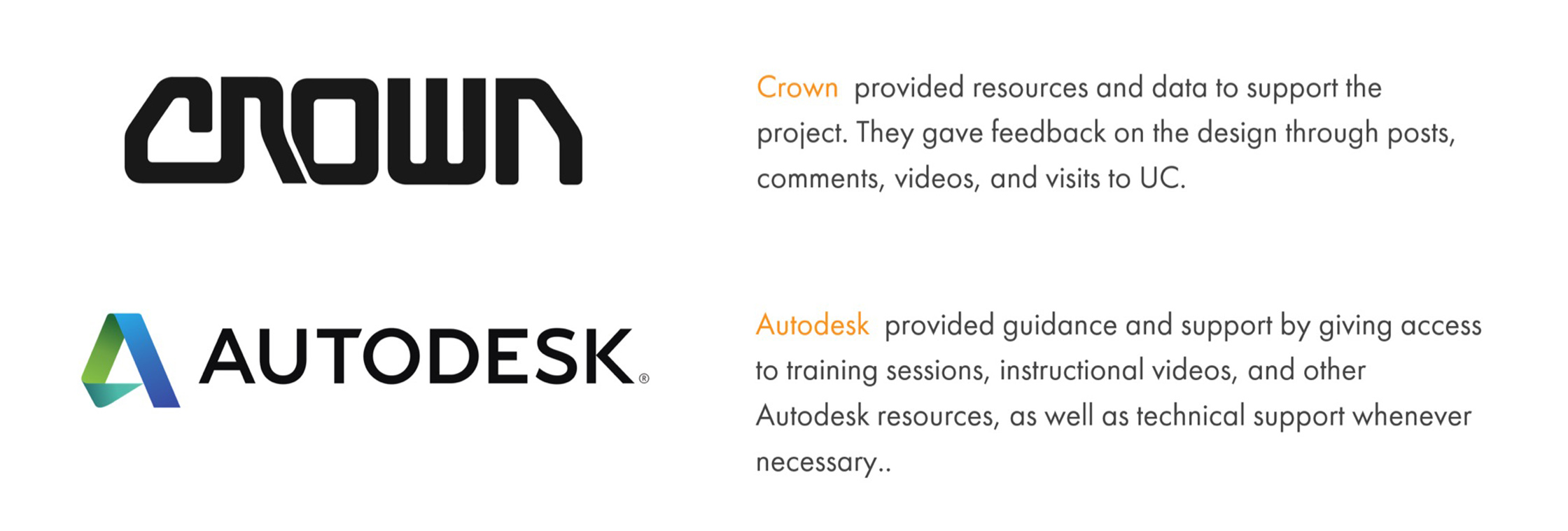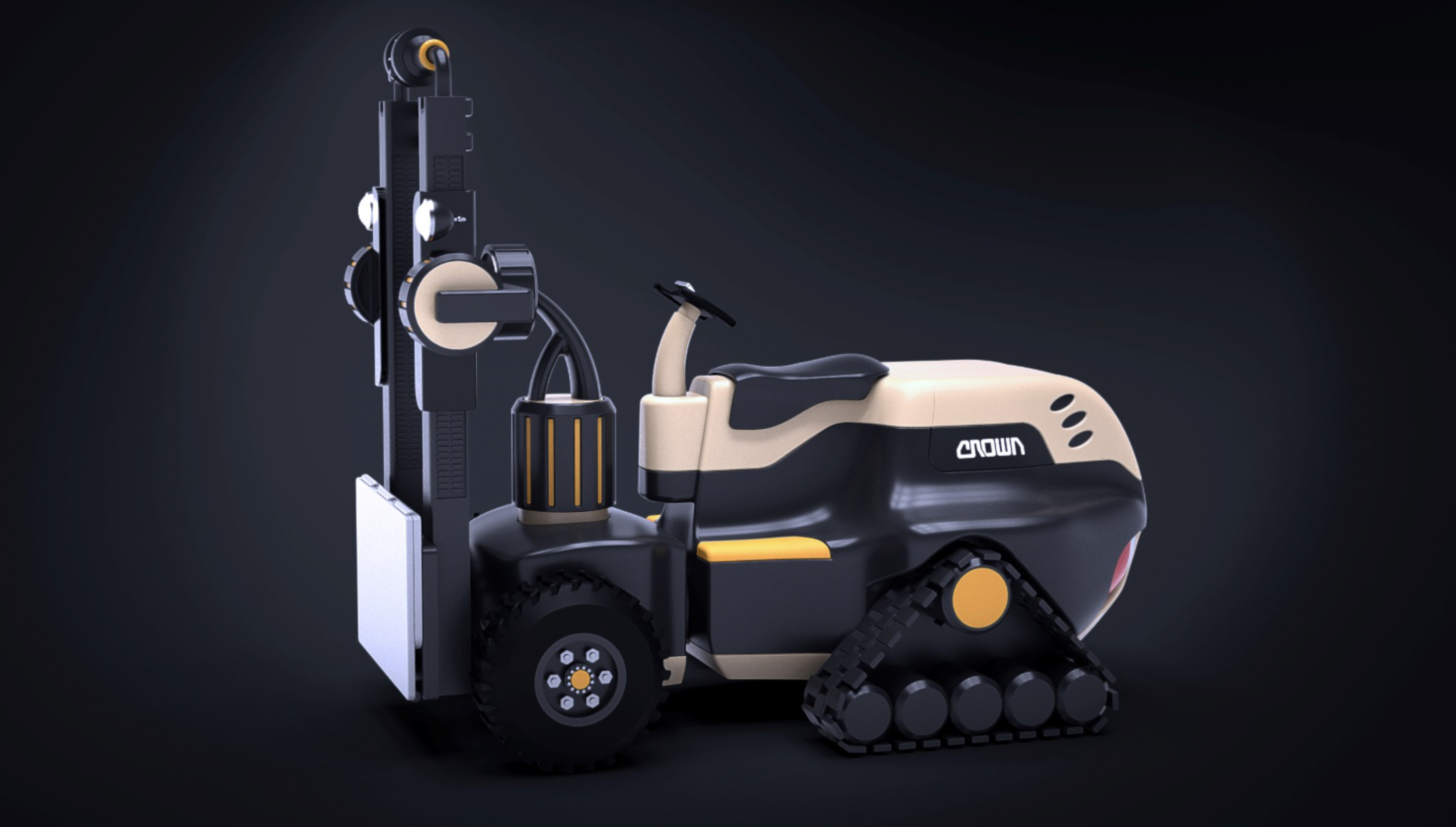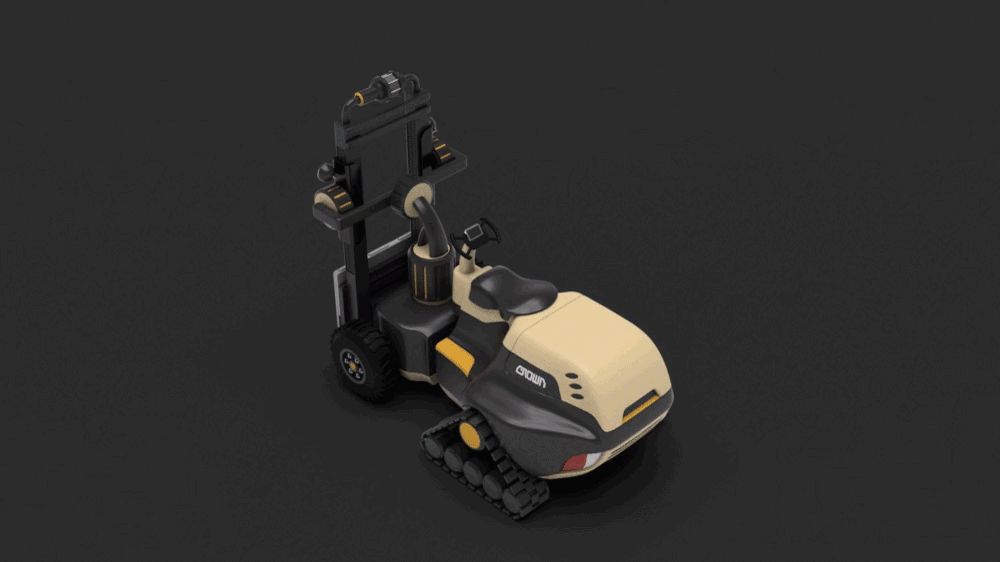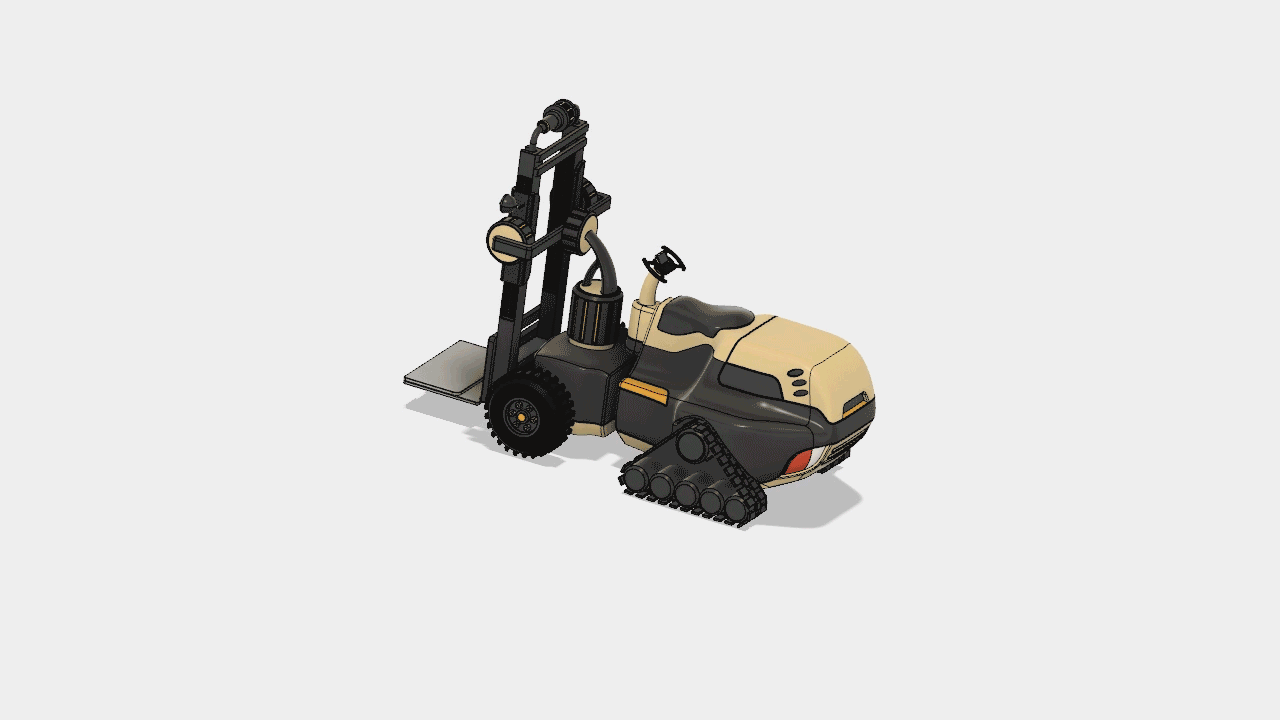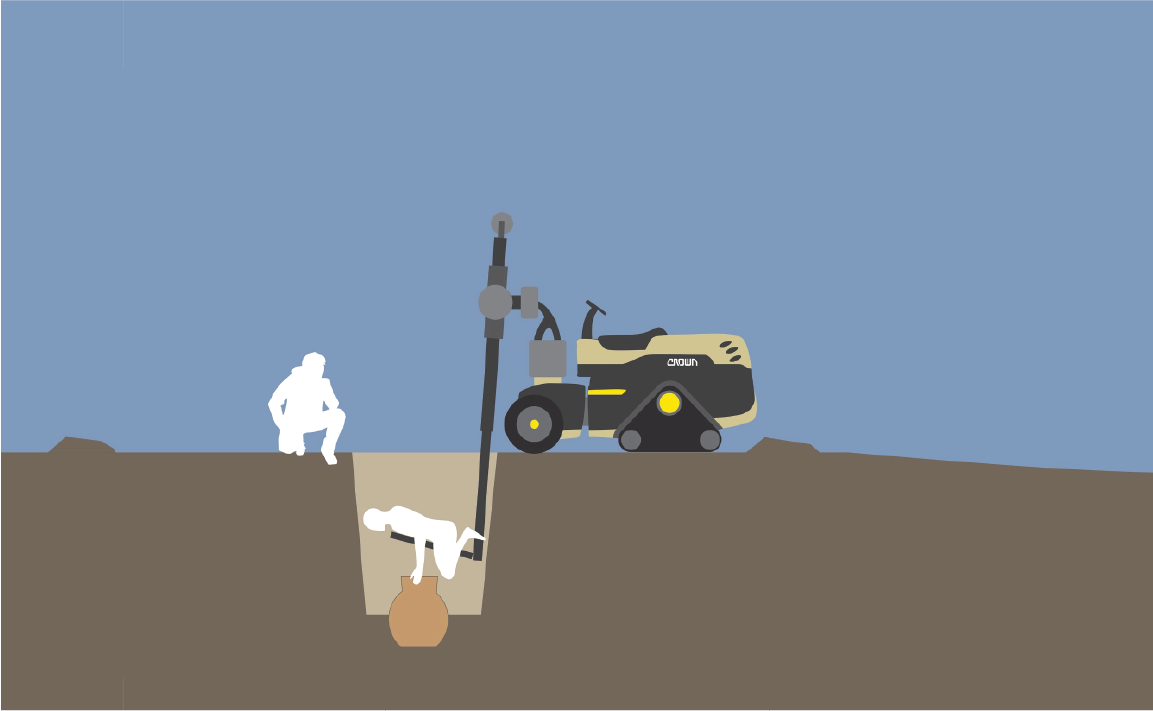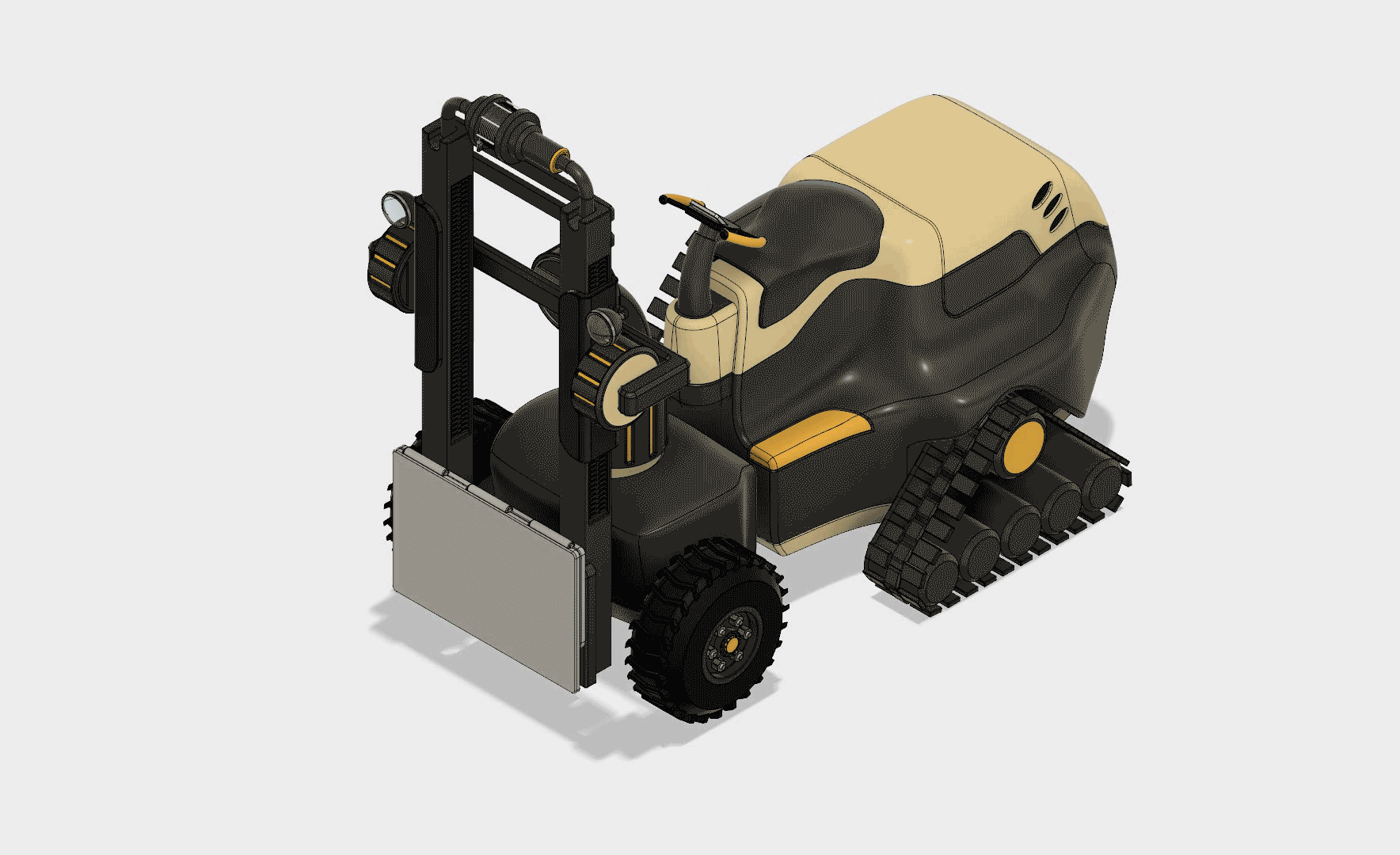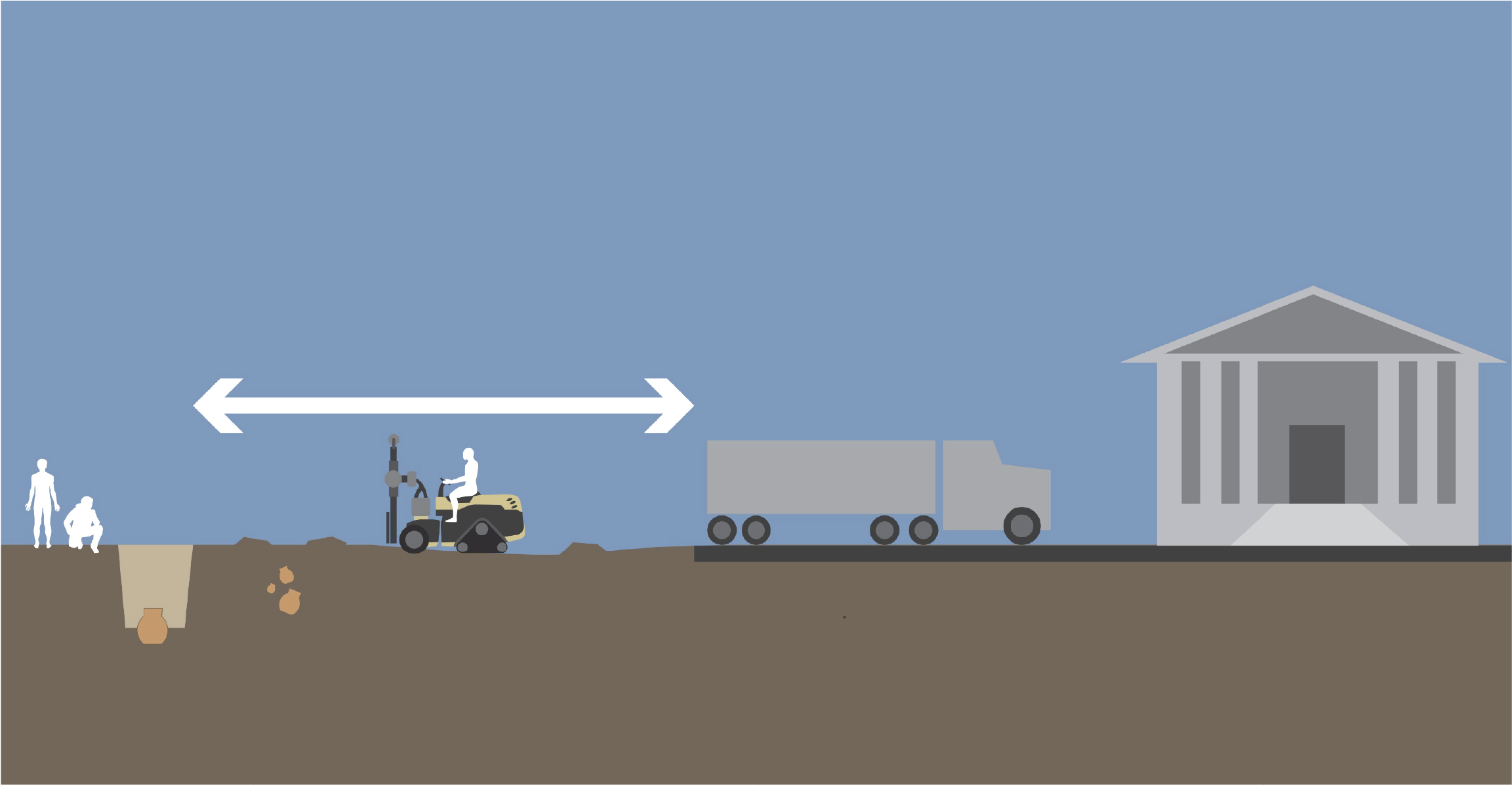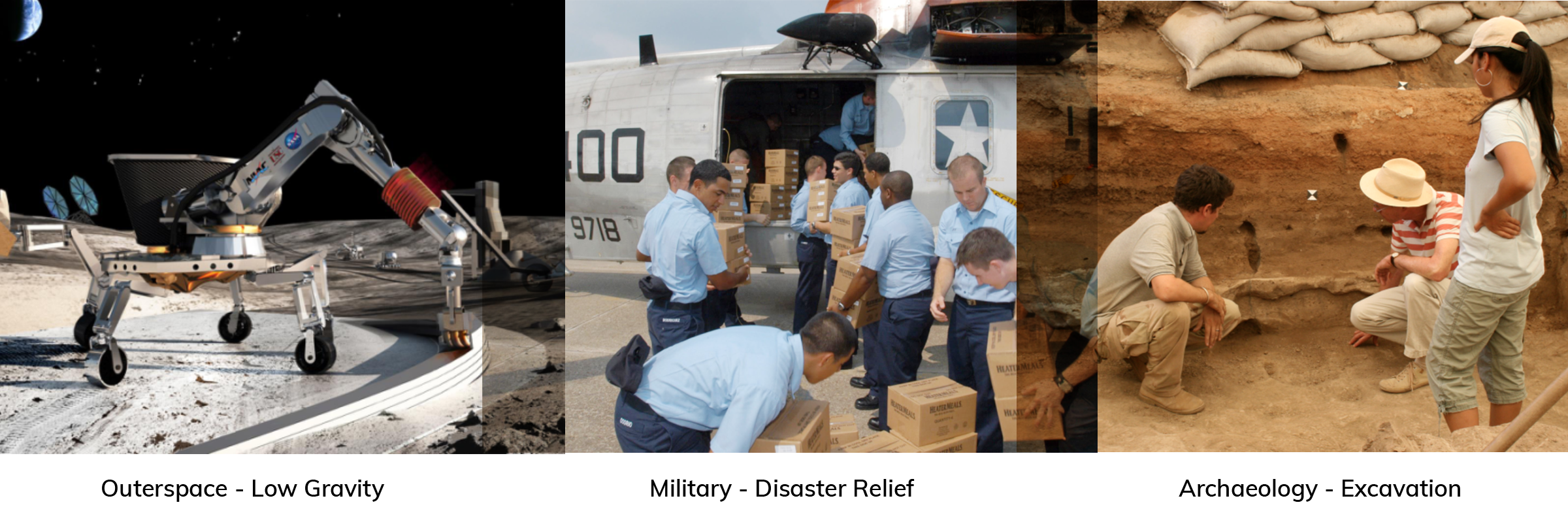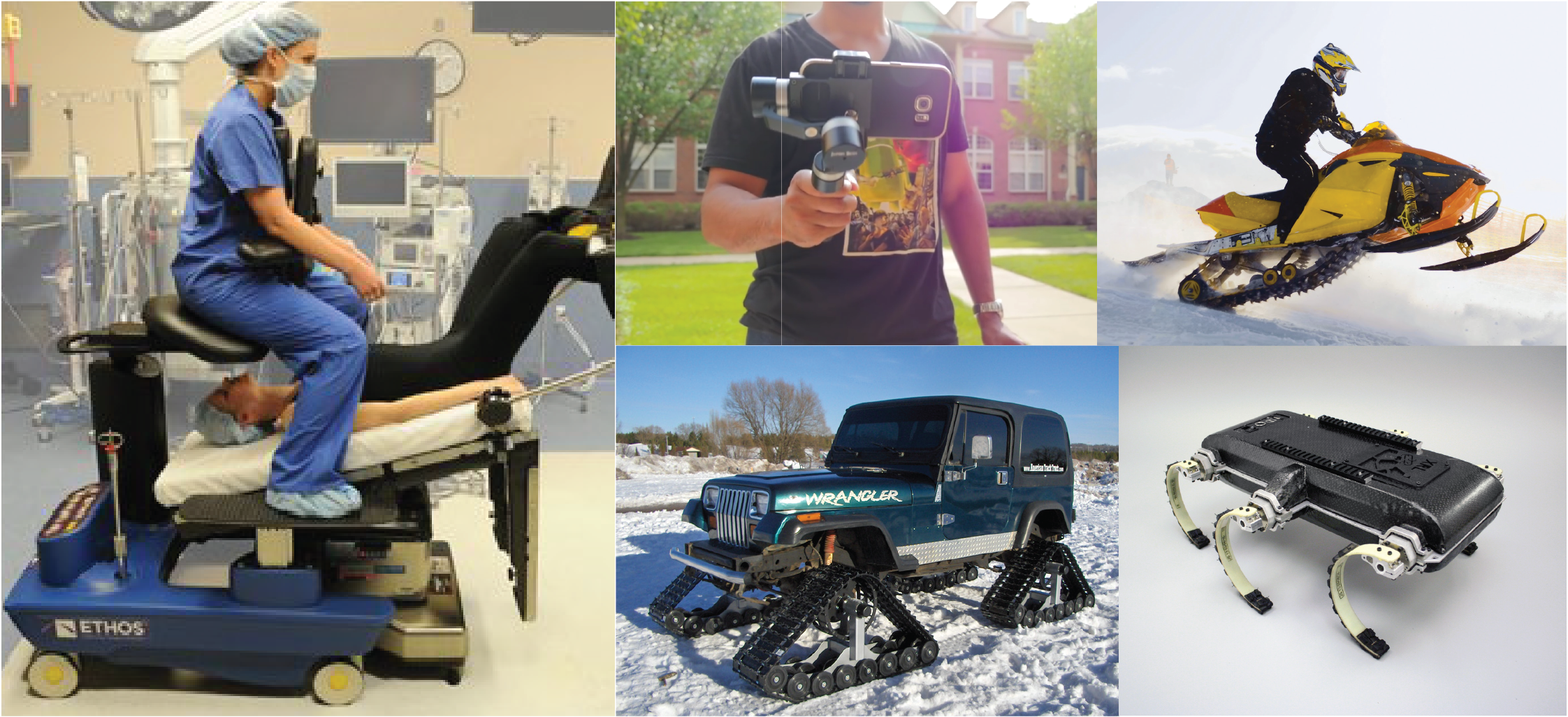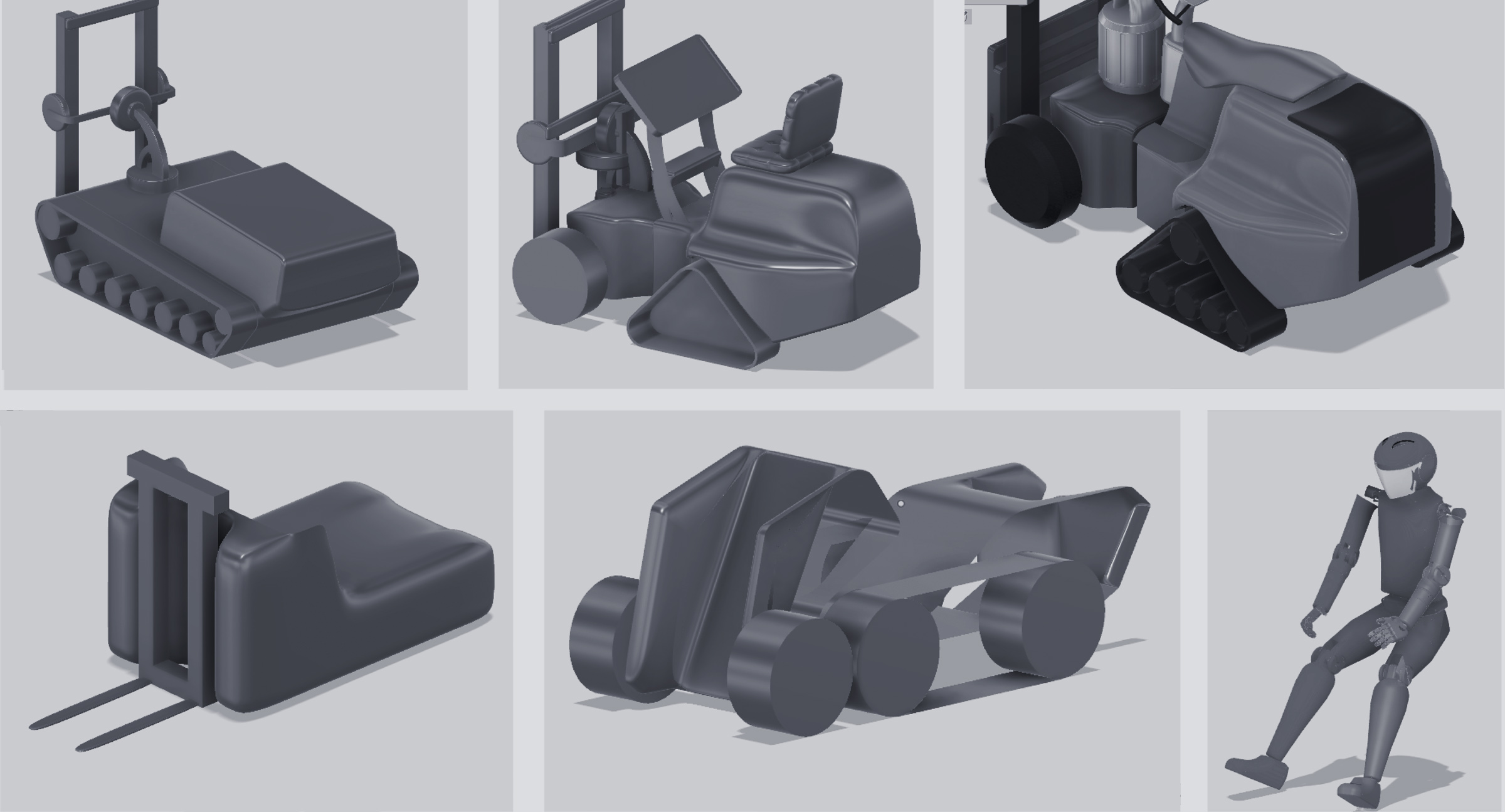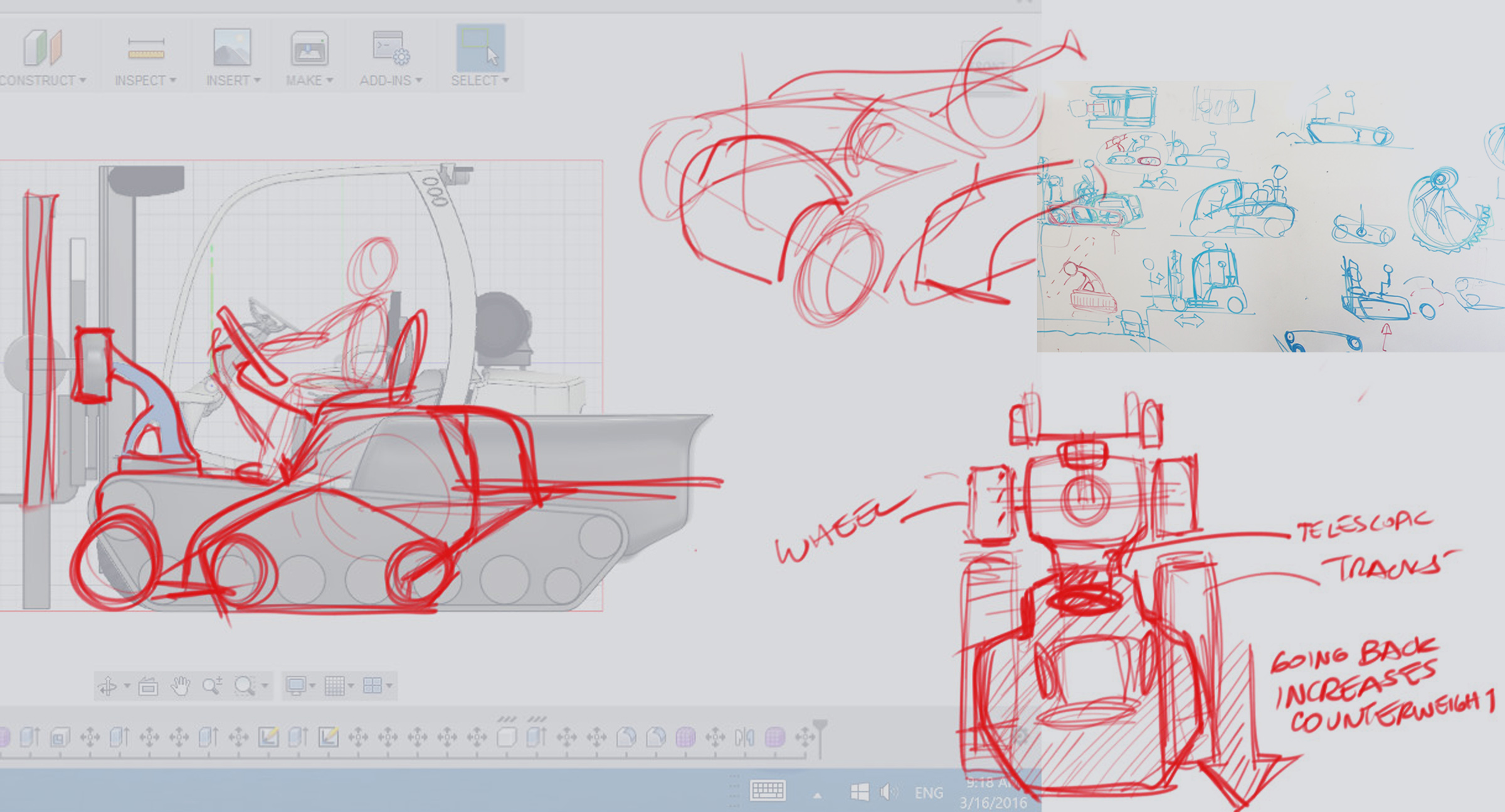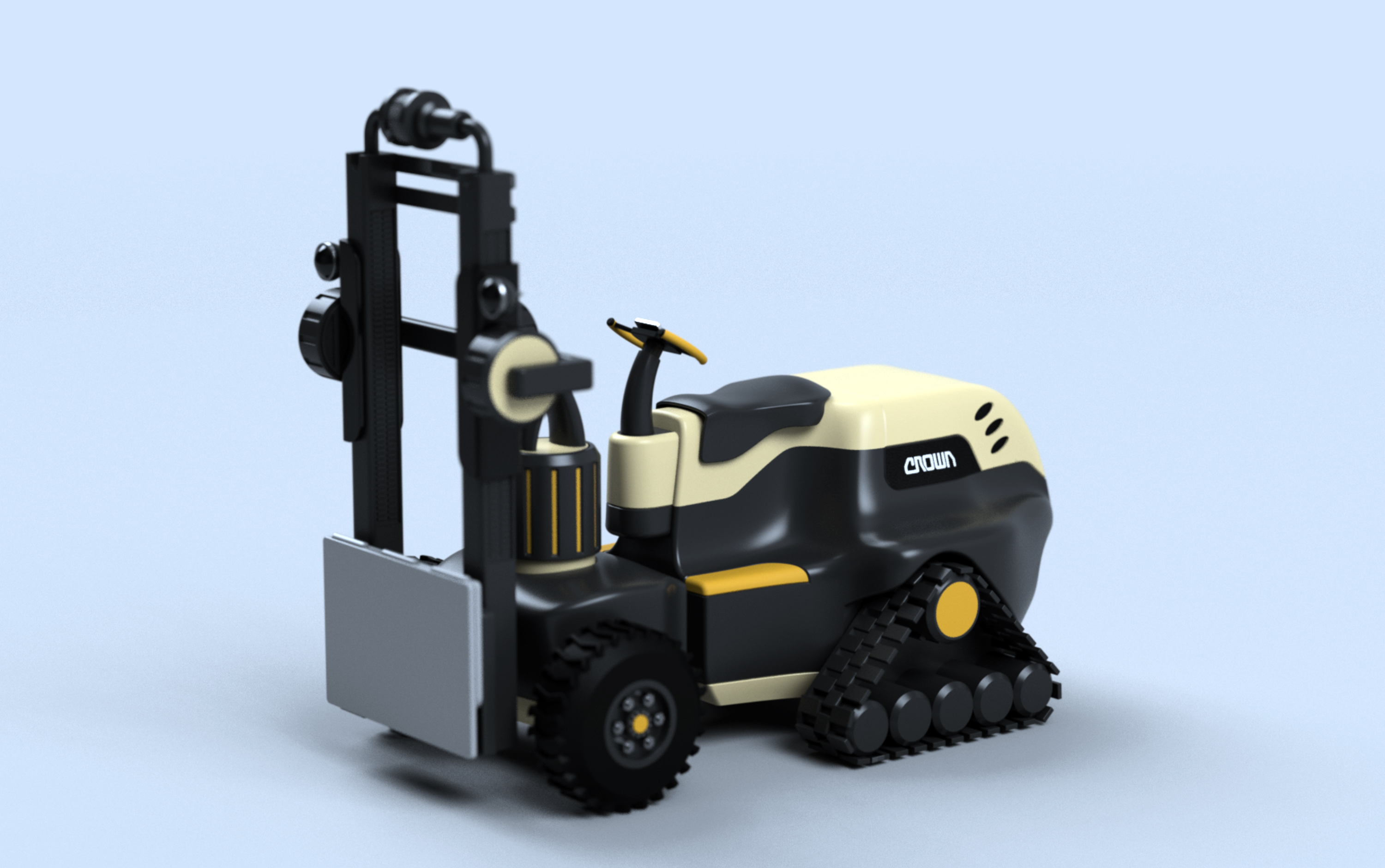Insight from Interview
During the excavation process, archaeologists do have some troubles in lifting and transporting the ancient antiques. Right now, main solution for this is tripod and pulley with manpower. Currently, a tripod and pulleys are used to lift objects.
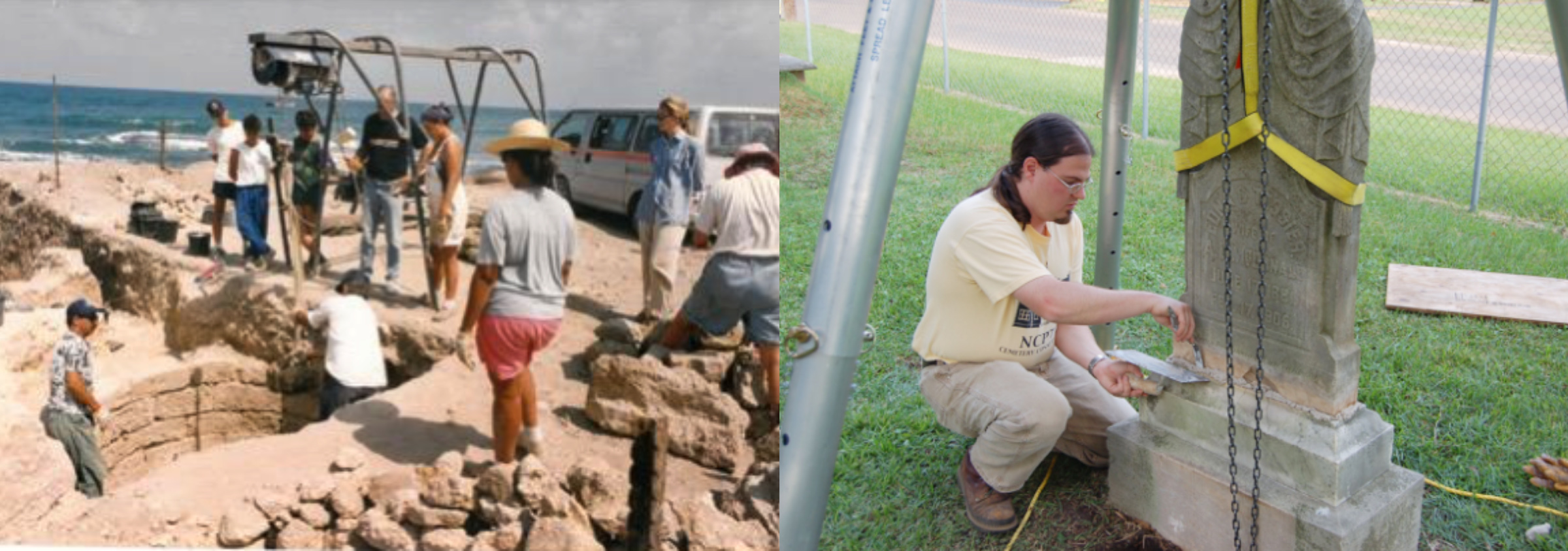
In the the process of excavation, the working space can be very limited and can only accommodate one person in most cases.
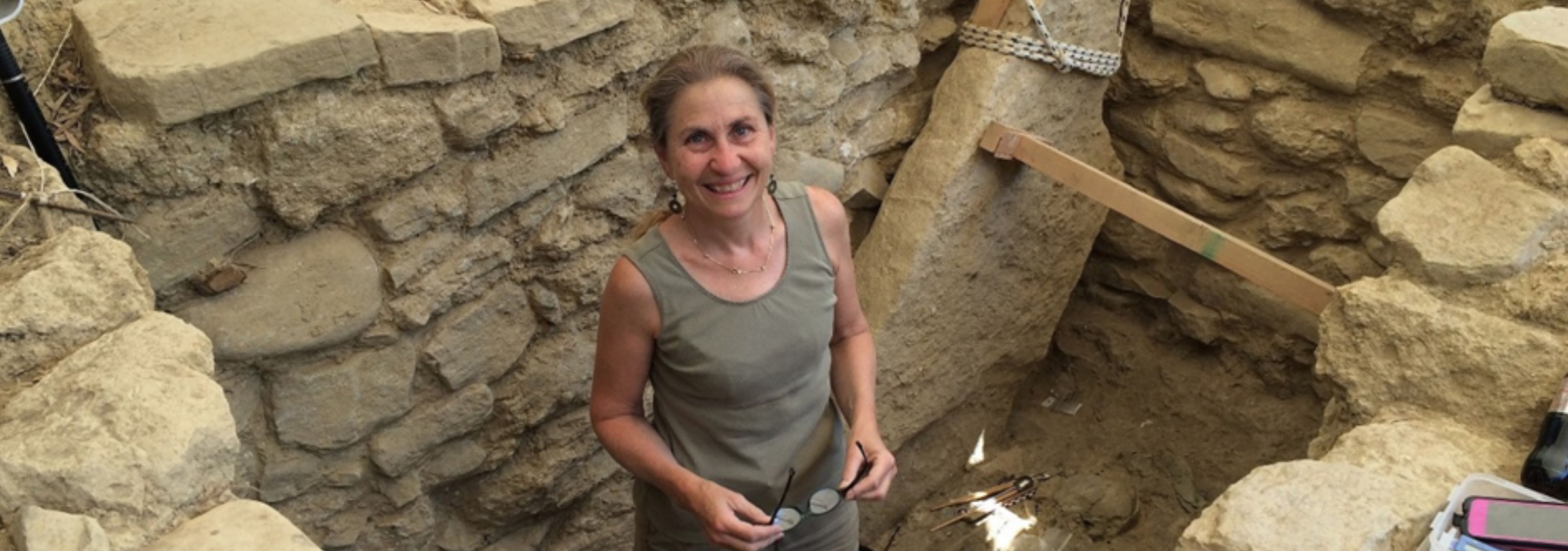
Photo or video documentation is an vital process during excavation due to the necessity of later study and research on antiques.
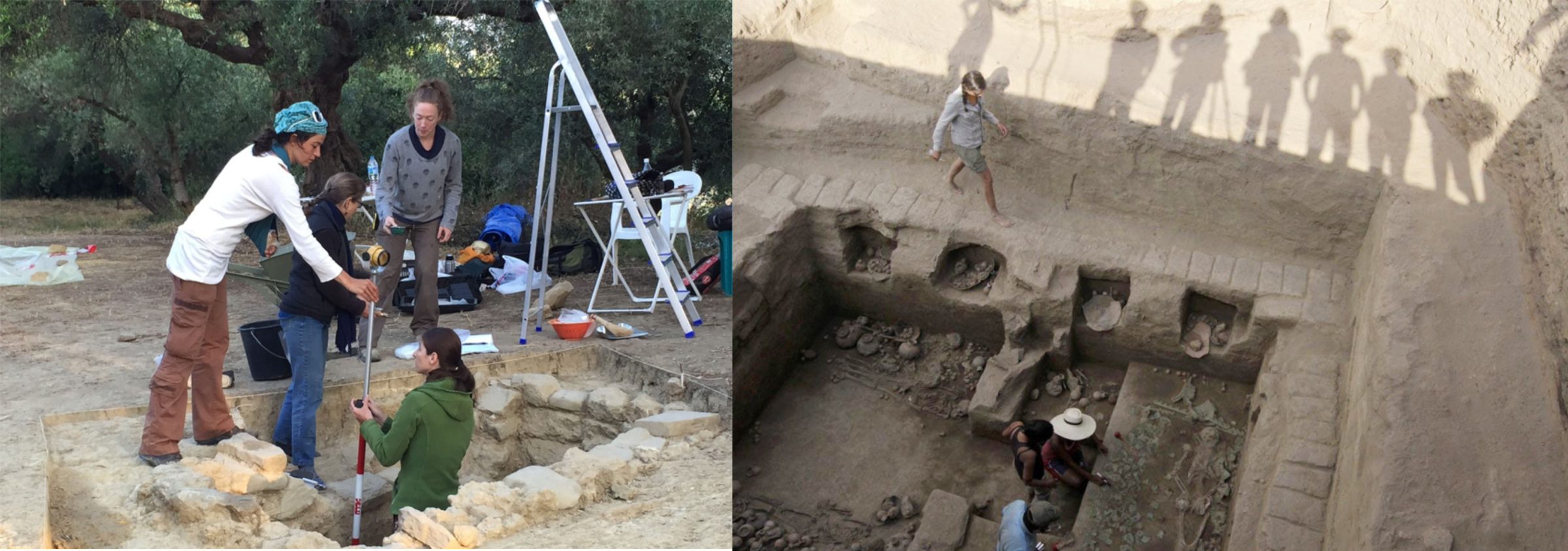
Target Scenario - Archaeological Excavation
